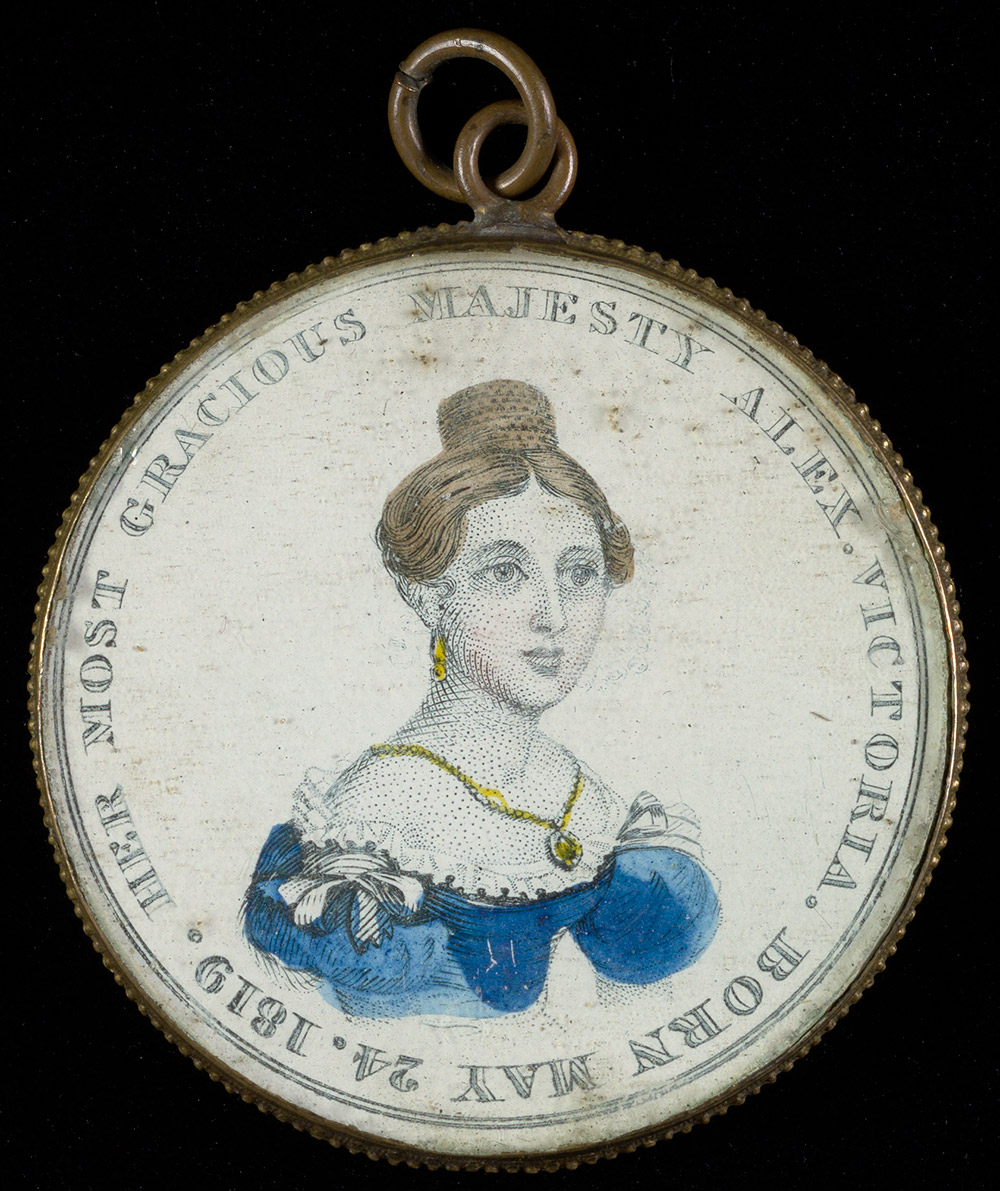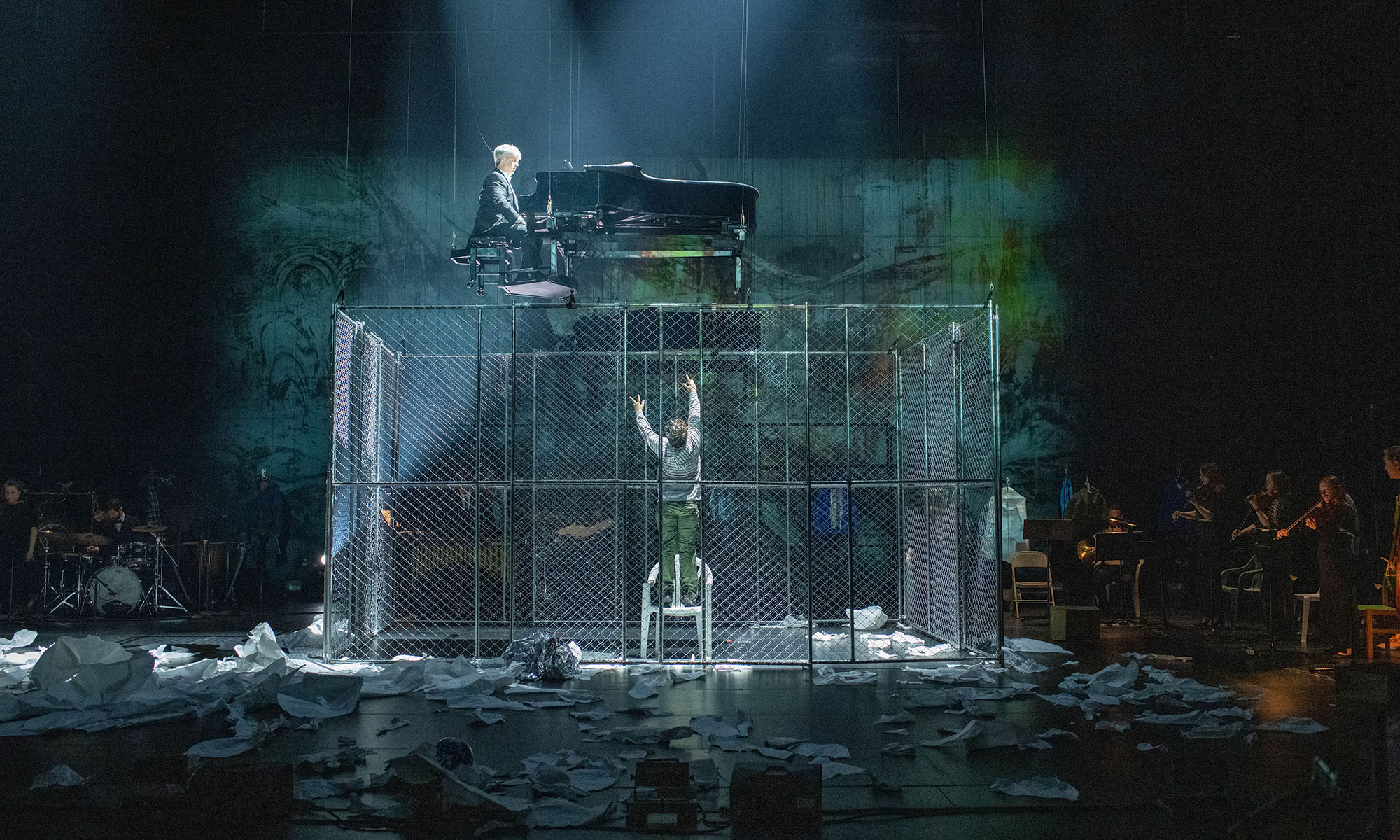In the age of the 24-hour news cycle, it’s become customary to document every move made by royals, celebrities, and dignitaries. We know their faces, what they wore, whom they met with, where they visited. There isn’t much that’s left to the imagination or interpretation.
When Queen Victoria began her reign in 1837 at the age of 18, she did so at the onset of extraordinary social and technological upheaval. The transition from hand-drawn works to photography, and the increased pace at which information was shared, highlighted an imbalance between perception and reality.
Victoria: The Ruling Image, a new exhibit in Rare Books, Special Collections, and Preservation, chronicles the often radical difference between the real and figurative queen through hand-drawn illustrations, etchings, letters, photographs, and other ephemera.

Images of the queen were ubiquitous and brought into British homes and lives through broadsides (prints or posters), weeklies (which included regular updates that people at all levels of society clamored for—similar to how we might engage with social media now), and other souvenirs. On display are cartes de visite of the queen and Prince Albert—calling-cards that were cheap and easy to produce—that could be purchased by working people and placed in photo albums alongside family members. Journalists would hide in bushes to get a glimpse of Victoria out in public, all but inventing the concept of “paparazzi.”
The exhibit covers the duration of Queen Victoria’s time as monarch, 1837–1901, “but is not a history of the 19th century or her reign,” says curator and special collections librarian Andrea Reithmayr. It focuses on depiction and communication, how technology and iconography evolved over the decades as, per Reithmayr’s introductory text, “the girl monarch became blushing bride, devoted mother, grieving widow, and, finally, through her nine children and their marriages, the ‘grandmother of Europe’.”
Victoria: The Ruling Image is on view through October 5, and will overlap with the bicentennial of Queen Victoria’s birthday on May 24. The exhibition is drawn from the department’s Metzdorf Victoriana Collection, one of many gifts from Robert Frederic Metzdorf ’33, ’39 (PhD).




